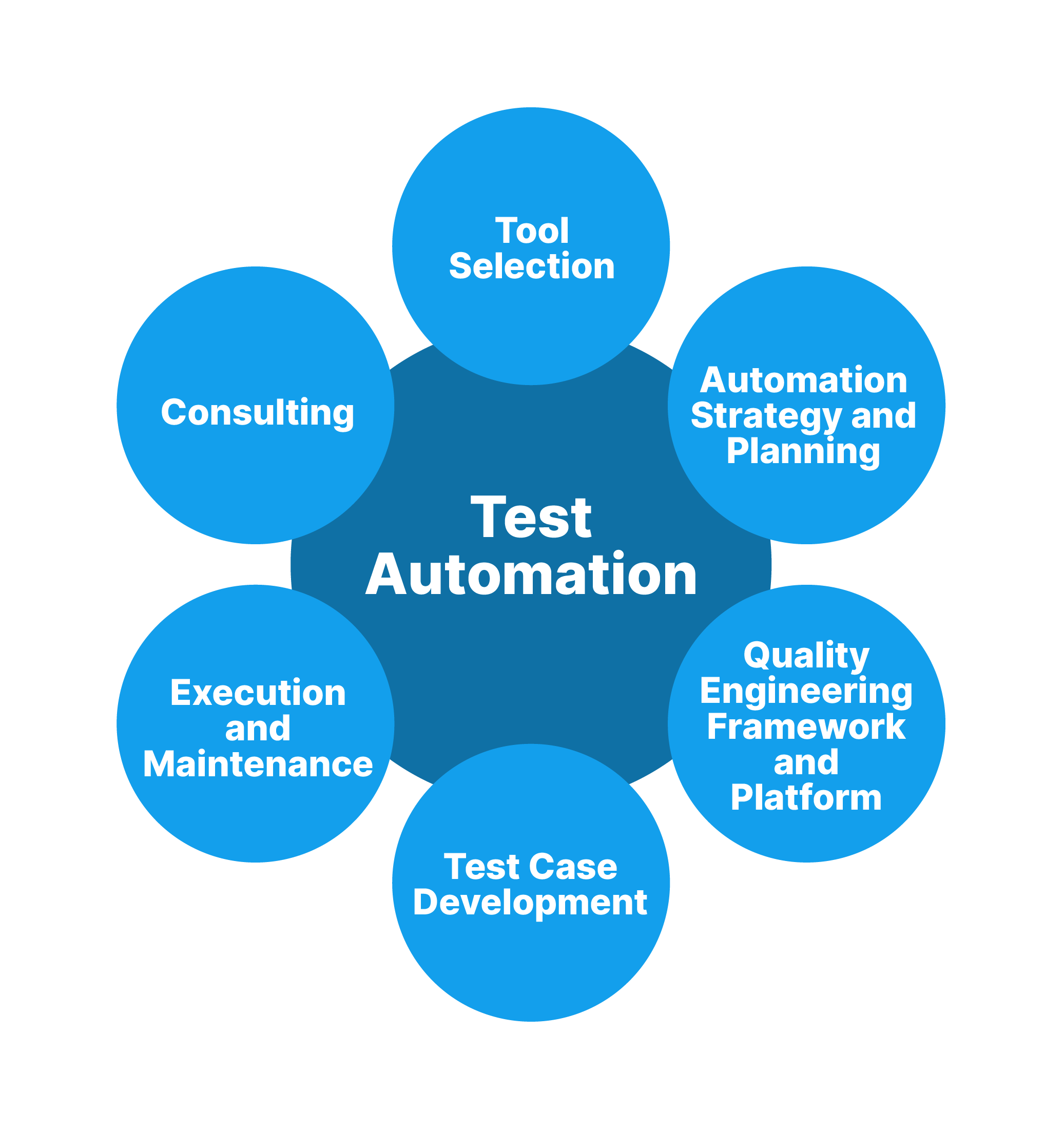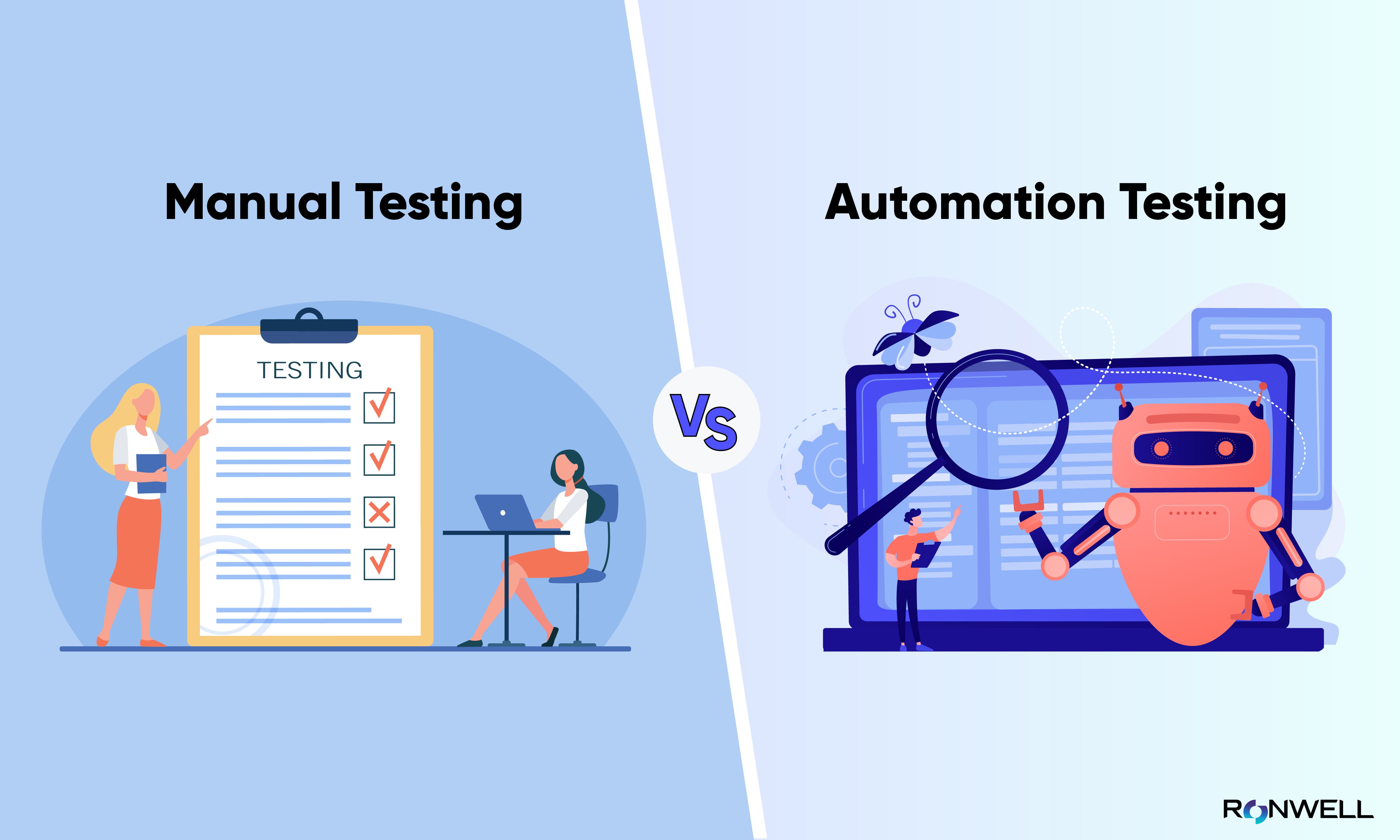Mastering Automation Testing: Devices, Strategies, and Benefits
Wiki Article
From Handbook to Automated Testing: A Comprehensive Overview to Transitioning Smoothly and Properly
In the realm of software program testing, the shift from handbook to automated processes has actually ended up being an increasingly essential shift for companies seeking to boost performance and precision in their testing techniques. The trip from manual to automated screening is not without its challenges, yet when come close to strategically and with a clear strategy in mind, the advantages can be considerable.Benefits of Automated Examining
Automated screening offers various advantages, improving performance and precision in software program development processes. Automated tests can be run concurrently on numerous gadgets and running systems, substantially speeding up the testing phase contrasted to hand-operated screening.Additionally, automated testing ensures a greater degree of accuracy in spotting issues. Uniformity in testing is additionally enhanced, as automated tests implement the exact same steps precisely each time they are run.
Picking the Right Devices

First of all, analyze your purposes and requirements. Comprehend the extent of your project, the innovations entailed, and the capability of your team. This evaluation will certainly assist you determine the capabilities and attributes you need in your testing tools.
Secondly, think about the compatibility of the devices with your existing systems and procedures. Smooth assimilation with your present software program growth lifecycle is necessary to ensure a smooth transition to automation.
Furthermore, assess the scalability and adaptability of the tools. As your testing requires develop, the tools need to have the ability to adjust and fit adjustments effectively.
Lastly, aspect in the support and neighborhood around the devices. When implementing automated screening, robust assistance and an energetic user area can offer valuable sources and assistance. By meticulously taking into consideration these aspects, you can choose the right tools that line up with your needs and set the phase for an effective transition to automated screening.
Creating Effective Test Manuscripts

When crafting test manuscripts, it is necessary to take into consideration the particular demands of the software being checked and make certain that the manuscripts deal with all critical functionalities. Clear and detailed naming conventions for examination scripts and test instances can boost readability and maintainability. Furthermore, including mistake handling systems within the test manuscripts can help in identifying and dealing with issues without delay.
In addition, organizing examination manuscripts into modular parts can improve reusability and scalability, minimizing redundancy and enhancing effectiveness in examination manuscript maintenance. Routine testimonials and updates to evaluate manuscripts are important to keep speed with advancing software demands and capabilities. By complying with these concepts, testers can create robust and reliable test scripts that add considerably to the success of automated screening processes.
Integrating Automation Into Workflows
Reliable combination of automation tools into existing process boosts and streamlines procedures productivity within software advancement cycles. When incorporating automation into operations, it is vital to determine repeated jobs that can be automated to conserve time and reduce human error. By perfectly incorporating automated screening devices like Selenium or Appium into the software application growth lifecycle, groups can attain faster feedback on code modifications, bring about quicker insect discovery and resolution. This assimilation enables continual testing throughout the advancement process, ensuring that any kind this link of concerns are identified at an early stage, causing greater software program quality. In addition, automation can be used to activate tests instantly after each code dedicate, supplying instant recognition and maximizing testers to concentrate on even more complex situations. Appropriate combination of automation devices needs collaboration between advancement, screening, and procedures teams to develop a unified process that enhances efficiency and effectiveness in delivering high-grade software.Ensuring a Smooth Change
Effectively transitioning to automated screening includes precise preparation and careful implementation to make the most of and lessen interruptions performance in the software application growth process - automation testing. To make sure a smooth transition, it is important to begin by conducting a thorough evaluation of the existing screening processes and identifying areas where automation can bring one of the most substantial benefits. Involving with all stakeholders early at the same time, including programmers, testers, and project supervisors, is crucial for amassing assistance and buy-in for the automation effortInteraction is key during this change phase. Clear communication of the objectives, benefits, and expectations of automated screening helps to manage any type of resistance or concerns that may develop. Additionally, offering adequate training and resources for team participants to upskill in automation tools and methods is essential for ensuring a successful change.

Verdict
To conclude, transitioning from handbook to automated testing provides countless benefits, including enhanced effectiveness and integrity. By selecting the suitable tools, composing reliable examination scripts, and integrating automation effortlessly right into operations, organizations can make certain a smooth and effective transition. It is important to welcome automation as a useful property in software testing procedures to boost general high quality and efficiency.In the world of software application screening, the change from guidebook to automated processes has ended up being an increasingly crucial transition for organizations looking for to boost efficiency and accuracy in their screening techniques. Automated examinations can be run at the same time on multiple devices and operating systems, substantially speeding up the screening stage contrasted to hand-operated screening. Consistency in screening is additionally enhanced, as automated tests perform the same steps specifically each time they are run.To make certain the useful site effective execution of picked screening devices, the production of efficient examination scripts plays a crucial role in confirming the performance and performance of automated procedures - automation testing. By following these concepts, testers can create visit this site reliable and durable test manuscripts that contribute significantly to the success of automated screening processes
Report this wiki page